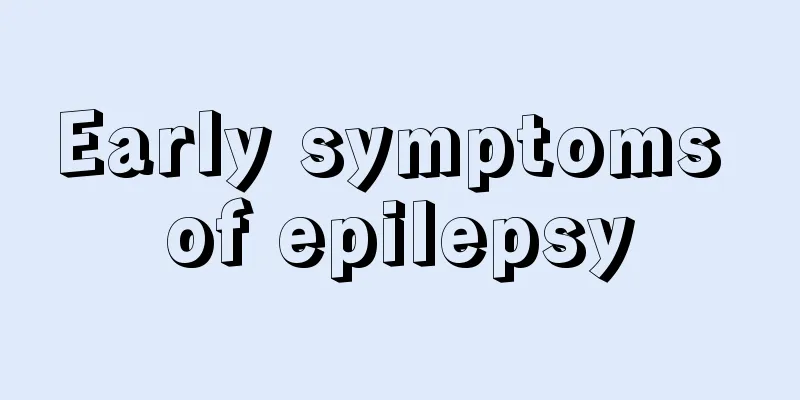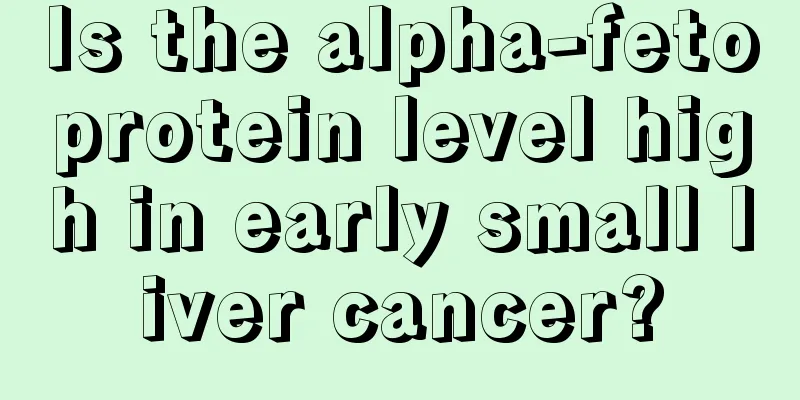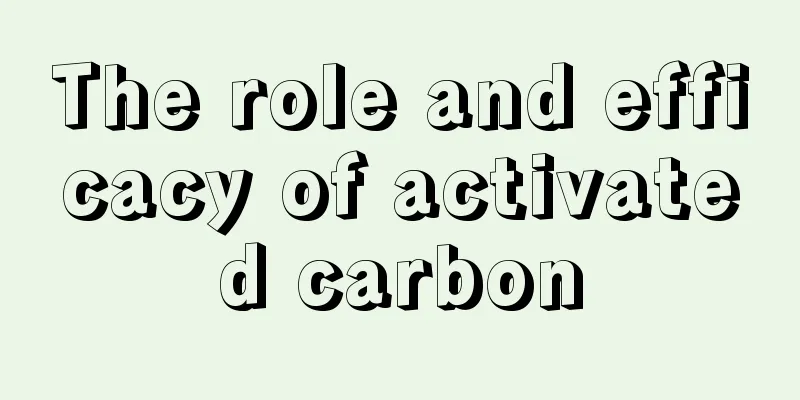Early symptoms of epilepsy

|
Mental illnesses can often cause devastating damage to people's bodies. For example, epilepsy is one of the common problems. Its onset characteristics are relatively obvious, and it has certain genetic characteristics, which has a huge adverse impact on the patient's life. This disease can be detected and treated early. What are the early symptoms of epilepsy? Let’s take a look at the explanation below. 1. Generalized tonic-clonic seizure Characterized by sudden loss of consciousness and generalized rigidity and convulsions, the typical course of the seizure can be divided into the tonic phase, clonic phase, and post-ictal phase. 2. Absence seizures Typical absence symptoms include sudden onset, cessation of movement, staring, and unresponsiveness to calls. They usually last for 5-20 seconds and rarely exceed 1 minute. Mainly seen in childhood absence epilepsy. 3. Tonic seizures It manifests as paroxysmal strong and continuous contraction of the whole body or bilateral muscles, muscle rigidity, which fixes the limbs and torso in a certain tense posture. 4. Myoclonic seizures It is a sudden, rapid and short muscle contraction, which manifests as electric shock-like shaking of the body or limbs, sometimes several times in a row, and often occurs after awakening. It can be a whole-body movement or a local movement. 5. Spasticity Refers to infantile spasms, characterized by sudden, brief, rigid flexion or extension contractions of the trunk muscles and bilateral limbs, often manifested as paroxysmal nodding and occasionally paroxysmal backward leaning. The entire process of muscle contraction takes about 1 to 3 seconds and often occurs in clusters. 6. Atonic seizures It is caused by the sudden loss of bilateral partial or whole body muscle tension, resulting in the inability to maintain the original posture, and the occurrence of symptoms such as cataplexy and falling limbs. The attack time is relatively short, usually lasting from a few seconds to more than 10 seconds. Those with a short attack duration are usually not accompanied by obvious impaired consciousness. 7. Simple partial seizures The patient is conscious during the attack, which lasts from a few seconds to more than 20 seconds, rarely exceeding 1 minute. 8. Complex partial seizures The attacks are accompanied by varying degrees of impaired consciousness. Symptoms include sudden cessation of movement, eyes staring straight ahead, no response when called, no falling, and no change in facial expression. Some patients may experience automatisms, which are involuntary, unconscious movements. 9. Secondary generalized seizures Simple or complex partial seizures can lead to generalized seizures, the most common of which is generalized tonic-clonic seizures. |
<<: Symptoms of premature rupture of amniotic fluid infection
>>: What are the symptoms of splenomegaly
Recommend
Is the yellow snake poisonous?
The scientific name of the yellow flower snake is...
What are the wonderful uses of erythromycin ointment
Erythromycin is widely used in clinical medical t...
What to do if you are allergic to egg white
Eggs are very common and are very nutritious. Eat...
Key points for nursing care of melanoma
What are the key points of melanoma care? Bad liv...
Urine sediment examination
Urine is the excess water discharged by the human...
What does erythromycin ethylsuccinate granules treat?
There are many types of modern diseases, but ther...
Will long-term depression and anger make you sick?
Depression is a disease that is very harmful to t...
Does ovarian tumor affect pregnancy
Ovarian tumors are very harmful to women. For man...
Does a wooden bed contain formaldehyde?
Many people think that if they use wooden beds, t...
Sunbathing your back to remove moisture?
Sunbathing your back to remove moisture can usual...
Are you one of the top 10 bad habits that damage your teeth?
Are your teeth okay? The most common dental probl...
What is Femoral Cancer
What is Femoral Cancer? First point: The incidenc...
Why does ginkgo stink?
Speaking of ginkgo nuts, many people will sigh wi...
How to tie your hair beautifully and simply
For women with long hair, how to tie their hair b...
Melanoma treatment requires attention to effective measures
Melanoma is extremely harmful, and the key to tre...









